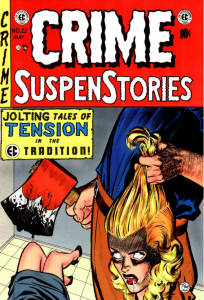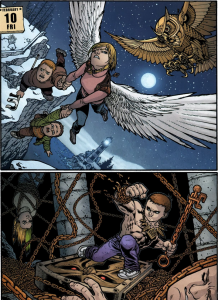Every now and then, when it comes to buying stuff indulging in collectorial practices, the imaginary line I draw in the imaginary sand is smudged by an imaginary eraser. As a result of which the aforementioned line becomes the kind that would give Cecil Radcliffe a severe case of the runs, followed by the chills.
Case in point: offerings from Subterranean Press. I have whittled down my purchases to the barest necessary, but my resolve was tested earlier this month, when it was announced that Joe Hill’s latest collection of short stories, Full Throttle, would have a SubPress limited/signed release. Seeing as how my waffling over NOS4A2 did my blood pressure no good in the past, I knew I would go for it. But it took about a week of gritting my teeth and wringing my hands before I actually ventured to lay down $175 for the pleasure of owning a copy of the book, sight unseen, numbered and signed by Messrs Hill and McKean, he of Sandman renown. But the limiteds of 20th Century Ghosts and Heart-Shaped Box are biblionicorns of the kind that make hearts and wallets bleed, and I would rather not take a chance with a Hill book.
It also did not hurt that the Suntup Press limited edition of Hill’s Horns just came to Papa about 2 weeks ago, after a wait of about half a year. I confess to owning the PS Publishing signed/limited edition that came out in 2010, but Suntup’s version was too hard to pass on. The line in the sand that I drew for signed limited editions was that I would only buy one if the original author was among the signers, and Horns met the criteria, while Haunting of Hill House and Rosemary’s Baby did not. Not that I did not have severe crises of conscience, but the line held. It did not however hold for Cormac McCarthy’s The Road, one of my favorite works by the man. Suntup’s edition, not out yet, but sold out in pre-orders, has an introduction and an autograph by Joyce Carol Oates. McCarthy is notorious for not signing his books, specifically The Road, which he has apparently signed a few copies for his son alone.
What really rubbed the line this week was the announcement that Tamsyn Muir’s first book Gideon The Ninth would have a limited release via Subterranean, and copies would go on sale on Tuesday morning. Now here was the situation:
- The only thing I knew about the book was the phrase “lesbian necromancers in space”
- It wasn’t out yet, so I could not read it
- Reviews had come in from a coterie of distinguished authors, including Warren Ellis, VE Schwab, Charles Stross, Robin Sloan, and Max Gladstone (whose This is How You Lose the Time War is what I am reading Right. Now)
- I happened to get to the Tor website, which had a preview of the first chapter of the book. And by the time I got to the phrase “stupendous work of a titty nature”, I was sold.
Or rather, I was coerced into depositing 85$ for the pleasure of owning a copy of the book signed by the writer herself, courtesy of SubPress.
Which should make me feel terrible vis a vis the Great and Terrible Sullying of the line that guides my buying habits, but you know what?
The book fucking sold out in two days. Had I waited a day more to buy it, I would have been gnashing my teeth by now and breathing slow and deep trying to keep calm.
To make up for this psychological distress, here’s a bunch of pictures of the magnificent Joe Hill book from Suntup Press.
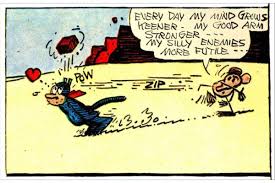
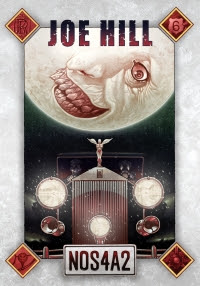
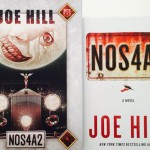
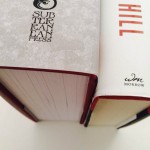

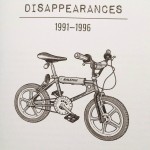
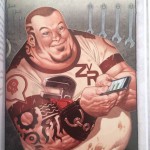


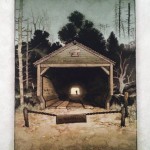
 The fact that Locke and Key is one of those rare horror comics that gets horror. Which is not surprising, considering Hill’s literary antecedents. But really, do you have any idea how hard it is to do horror in comics without falling back into icky-gore-territory or ho-hum-shock-ending cliches? This book manages to creep into your head in strange ways – through childhood fears, unexpected plot twists, and by a genuinely frightening Big Bad Villain, one that manages to stay one step ahead of the protagonists at nearly every turn.
The fact that Locke and Key is one of those rare horror comics that gets horror. Which is not surprising, considering Hill’s literary antecedents. But really, do you have any idea how hard it is to do horror in comics without falling back into icky-gore-territory or ho-hum-shock-ending cliches? This book manages to creep into your head in strange ways – through childhood fears, unexpected plot twists, and by a genuinely frightening Big Bad Villain, one that manages to stay one step ahead of the protagonists at nearly every turn.
